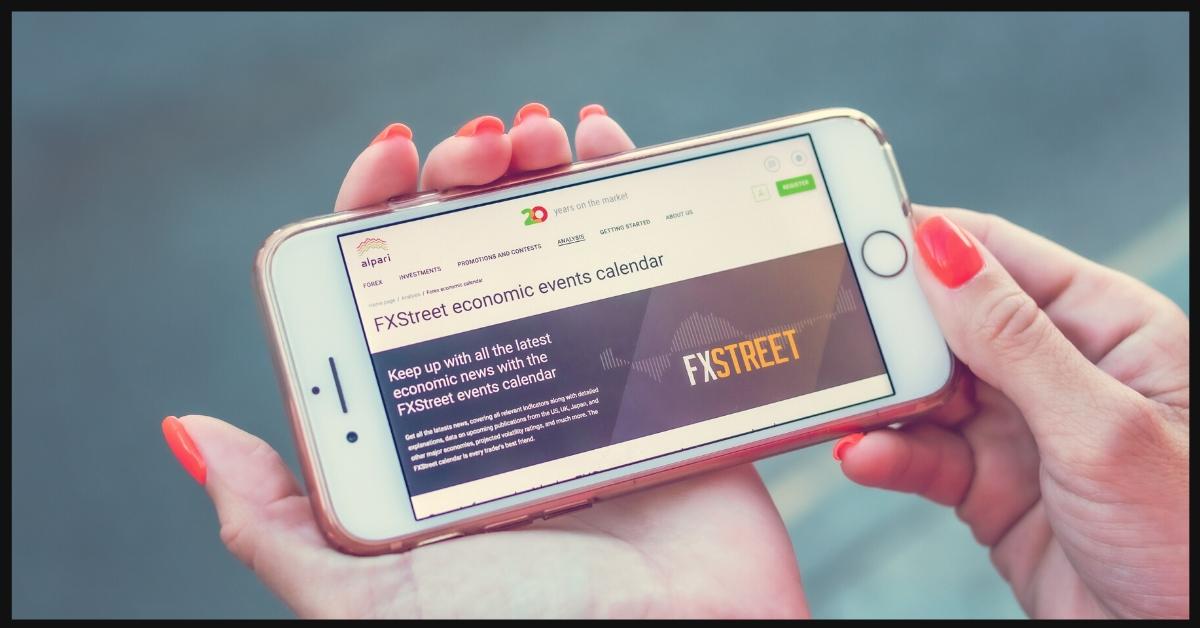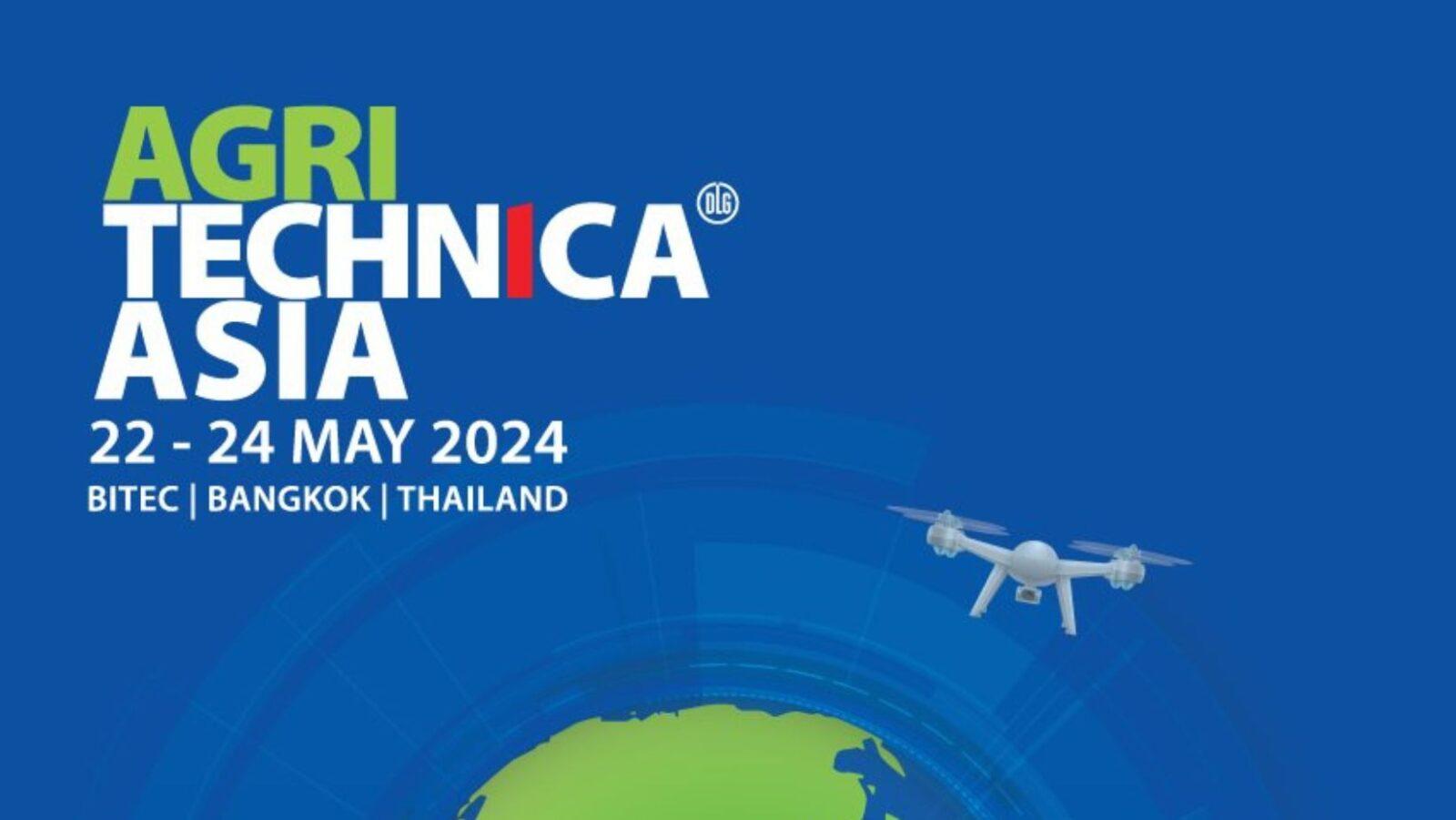According to foreign exchange (forex) broker Alpari Philippines, mobile apps that let you track your day-to-day expenses play a crucial role in ensuring success at forex trading. What used to be a tedious activity done manually can now be completed with a few taps on your smartphone. That’s not the only way technology continues to make forex trading simpler, though.
These days, improvements in wireless connectivity and automation have made it easier for beginners to break into forex trading, regardless of how much they know about the industry and international markets to begin with.
The basics of forex
To get into forex trading, one must first understand what it actually involves.
Simply put, traders anticipate changes in the exchange values of different currencies across the world. They exchange one currency for another, with the expectation that the value of the purchased currency will increase versus the currency used to purchase—in other words, getting more for less.
A closer examination of the history of forex trading reveals that the industry has been around even before the Common Era (BCE). Silversmiths and goldsmiths were essentially the money changers of ancient times.
In places such as Egypt, Rome, and Greece, currency exchange gave smart traders more purchasing power, basically enabling them to get more than their money’s initial worth in food, raw materials, and other essential resources. Incidentally, this also helped in cementing the importance of setting fixed currency values in these ancient societies.
Technology and forex trading today
It’s worth noting that the modern forex market is open 24 hours a day on weekdays. Currencies are paired and traded based on quoted prices, across three sessions spread throughout the day. This lets investors in different parts of the world to trade across different time zones. Unsurprisingly, many call forex the largest and most liquid financial market in the world.
Fortunately, you no longer need to physically go to a money changer to become a forex trader these days. In fact, with the right tools, you can easily do so in the comfort of your own home.
Screen-based forex trading got its start when it was adopted by Wall Street traders in the 1990s. Nowadays, computers and high-speed internet connectivity have become indispensable to investors and traders; this combination enables them to make instant online trades guided by real-time data.
Aside from having the right hardware and a powerful, reliable internet connection, having the right programs and platforms for trading also make a significant difference in how well you’ll do as a trader. Equally important are the aforementioned mobile apps, which offer services ranging from comprehensive market analysis based on the latest available data to actual trading.
Broadband cellular networks and the rise of mobile trading
The emergence of mobile internet networks has also changed the forex trading landscape, with more and more traders relying on mobile apps for their transactions.
Currently, most of the mobile trading world relies on fourth-generation (4G) connectivity. Boasting reduced latency and enhanced upload and download rates, 4G presented a tremendous upgrade from previous generations of broadband cellular networks.
Late this year, however, mobile service providers have started rolling out support of 5G technology. It is estimated to be at least thrice as fast as the current generation, and comes with a host of upgrades. Promising wider network coverage, even faster upload and download speeds, and increased network stability, 5G seems to be the logical next step for mobile internet users worldwide. One can argue, of course, that making trades in real time doesn’t exactly have high bandwidth requirements. Nevertheless, any improvement in latency would certainly be welcome for traders looking to make faster and more frequent transactions.
Artificial intelligence and the future of forex
Even artificial intelligence (AI) has managed to find its way into the overall forex discussion.
According to experts, incorporating AI into forex opens up a world of possibilities for predictive analytics. In a nutshell, this will allow traders access to predictive analytics from AI software. Through predictive analytics, traders can create better strategies for trading, based on existing data on market trends. And with AI basically doing the heavy lifting, traders can focus on planning their transactions instead of manually monitoring and analyzing the data themselves.
All things considered, it isn’t really surprising that current and emerging technologies have transformed the forex landscape. Recent studies indicate that over 43 percent of traders belong to the millennial age group. In other words, a big segment of the forex trading community is already well-acquainted with these new technologies.
Time will tell how future technologies will further shape forex. For now, it’s safe to say that forex has definitely become more beginner-friendly, particularly for the tech-savvy generation.
Note: This article was made possible by Alpari Philippines.
Cover photo: Artem Beliaikin/Pexels
References
- https://books.google.com.ph/books?id=Qt3mrYvhOJkC&redir_esc=y
- https://ifpnews.com/impact-of-mobile-trading-technology-on-forex-traders
- https://www.aithority.com/guest-authors/how-much-artificial-intelligence-has-changed-the-forex-trade/
- https://www.ceotodaymagazine.com/2019/06/the-technology-behind-the-forex-market-and-why-its-important/
- https://www.globalbankingandfinance.com/a-perfect-match-how-technology-is-changing-the-forex-industry-for-the-better/
- https://www.financemagnates.com/forex/bloggers/technology-changing-way-trade/
- https://www.financemagnates.com/thought-leadership/2019-forex-trading-stats-for-marketers/
Author: Mikael Angelo Francisco
Bitten by the science writing bug, Mikael has years of writing and editorial experience under his belt. As the editor-in-chief of FlipScience, Mikael has sworn to help make science more fun and interesting for geeky readers and casual audiences alike.







